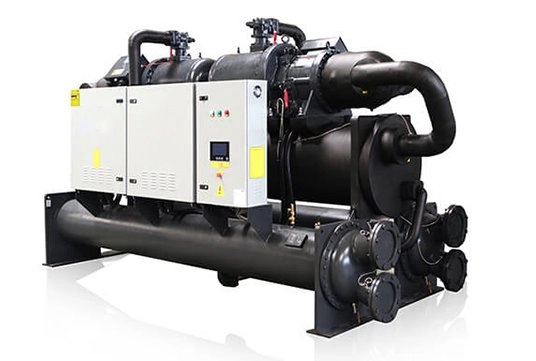Evaluating the Expenses Involved in Installing a Walk-In Cooler for Your Business Needs
The Economics of Walk-In Coolers Understanding the Costs
Walk-in coolers are essential for businesses in the food service and retail industries. These large refrigerated spaces allow for the preservation of perishable goods, ensuring product quality and safety. However, investing in a walk-in cooler involves understanding the associated costs, which can vary widely based on several factors such as size, design, location, and maintenance.
Initial Investment Costs
The initial cost of purchasing and installing a walk-in cooler can be substantial. On average, a basic walk-in cooler may start around $5,000 for a small unit, but prices can escalate to $20,000 or more for larger, custom-built units. Factors influencing these costs include
1. Size and Configuration The dimensions of the cooler will significantly affect the price. Businesses must assess their storage needs against available space. Adding features like shelving, specialized doors, or energy-efficient insulation can further increase costs.
2. Cooling Technology Different cooling systems, such as remote or self-contained units, come with varying price tags. Energy-efficient options may cost more upfront but can result in lower energy bills over time.
3. Installation Expenses Proper installation is critical to the optimal functioning of a walk-in cooler. Hiring professional installers is an added expense but ensures compliance with safety regulations and efficient operation.
Operational Costs
Once the cooler is installed, businesses must consider ongoing operational costs
walk in cooler cost

1. Energy Costs Walk-in coolers are energy-intensive. The cost of electricity primarily depends on the unit's size, efficiency rating, and usage. Businesses can mitigate these costs by investing in energy-efficient models and implementing practices such as keeping doors closed and ensuring proper insulation.
2. Maintenance Costs Regular maintenance is crucial for the longevity of walk-in coolers. Businesses should budget for routine inspections, cleaning of condenser coils, and occasional repairs. Neglecting maintenance can lead to costly breakdowns and product loss.
3. Insurance Having a walk-in cooler may affect insurance costs. Businesses should consult with their insurance providers to understand how to best protect their investments and what coverage is necessary.
Financial Considerations
When considering the cost of a walk-in cooler, businesses must weigh the investment against the potential return. A properly maintained walk-in cooler allows for bulk purchasing, which can significantly reduce overall food costs. Additionally, it enables businesses to offer fresh products, which can attract more customers and lead to increased sales.
Moreover, businesses can explore financing options if upfront costs are a concern. Many vendors offer leasing or financing plans, making it easier for businesses to manage cash flow while still acquiring necessary equipment.
Conclusion
In conclusion, the cost of a walk-in cooler encompasses more than just the initial purchase price. Businesses must factor in installation, operational costs, maintenance, and potential financing opportunities. By making informed choices and planning for both immediate and long-term expenses, companies can ensure that their investment in a walk-in cooler pays off, enhancing their operational efficiency and product offerings. As the food service and retail sectors continue to evolve, having reliable refrigeration solutions like walk-in coolers will remain a cornerstone of successful business strategies.
















































































































